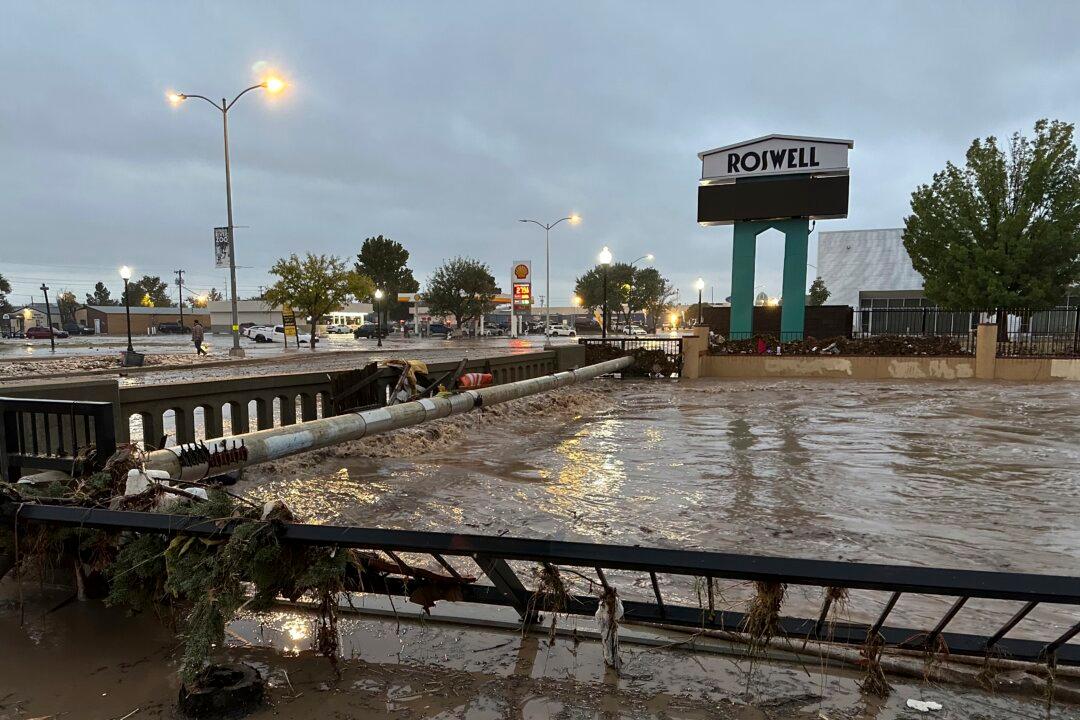Southeast New Mexico residents are recovering from flooding caused by historic weekend rain, prompting the governor to declare a state of emergency on Oct. 22.
Gov. Michelle Grisham’s order unlocked $1 million in state funding for Chaves County, where Roswell is the county seat.





